Scratches are a common problem for plastic toilet seats because they easily endure natural wear and strain. Initially, there is a high chance that you won’t notice the shallow marks here and there. But with time, those marks will build up, and your seat will start to look worn.
Thankfully, it is possible to eliminate such imperfections using specific household components. However, you have to go forward with extreme caution. If you use the wrong approach, you may create more scratches or damage the finish, and make the situation worse.
Therefore, instead of throwing away your seat, consider using our advice to remove scratches from plastic toilet seat to restore their pristine appearance.
To remove scratches from a plastic toilet seat, start by cleaning the surface with mild soap and water to remove any dirt or debris. Next, apply a small amount of toothpaste or a mixture of baking soda and water to the scratched areas, then gently rub in a circular motion with a soft cloth. Finally, rinse the seat thoroughly and dry it with a clean towel to reveal a smoother surface.
How To Remove Scratches From Plastic Toilet Seat
| Method | Cost | Difficulty | Effectiveness | Time Required | Safety Precautions |
|---|---|---|---|---|---|
| Toothpaste | Low | Easy | Moderate | Short | None |
| Baking Soda | Low | Easy | Moderate | Short | None |
| Sandpaper | Low | Moderate | High | Moderate | Use with caution |
| Heat Gun | Medium | Moderate | High | Moderate | Use with caution |
| Plastic Repair Kit | High | Difficult | High | Long | Follow instructions |
| Replacement | High | Difficult | High | Long | None |
One of our articles –How To Whiten Toilet Seat?
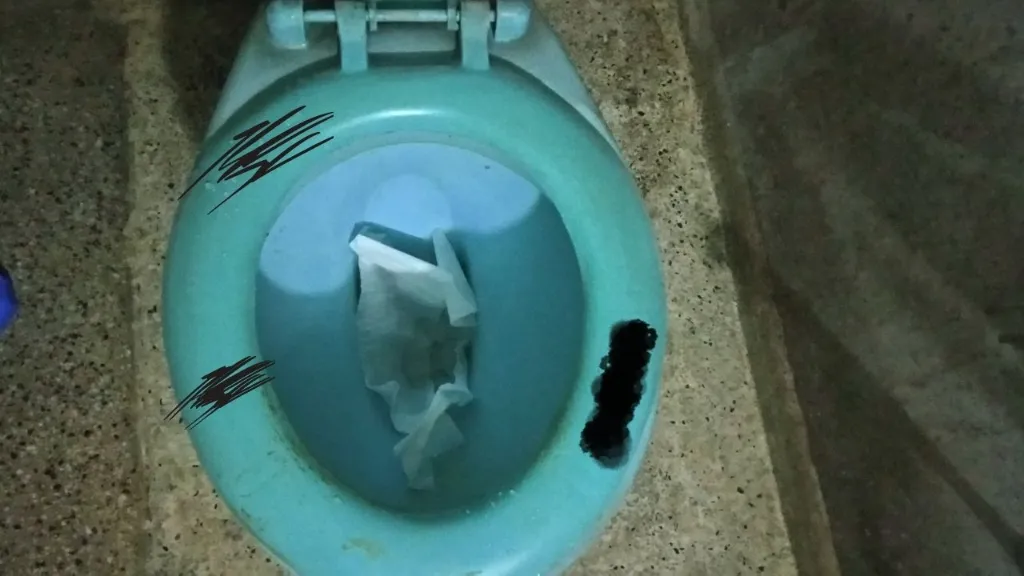
First, if you have to identify the scratch’s level like thin or thick. So that you’ll find the scratches removal process more straightforward. That’s why for your convenience, we love to share a simple trick to determine your toilet seat’s scratches level.
- Run your nail over the scrape of your toilet seat. If it doesn’t hook, it is likely to be thin.
- But if it is hooked over the scratches, it is thick, and you need more elbow grease and effort to remove them.
How To Remove Thin Scratches From Plastic Toilet Seat
As removing thin scratches requires less time, energy, and mild abrasives, first let’s learn how to deal with them.
Method 1: Cleaning Minor Toilet Scratches With Toothpaste
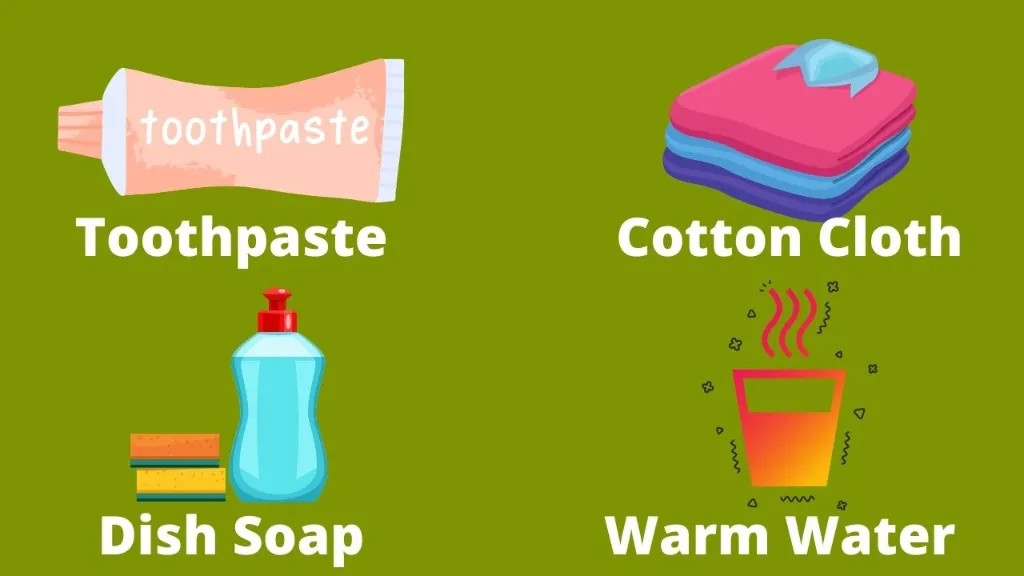
The things you need
- Toothpaste
- Dish soap
- Warm water
- Cotton cloth
Process
- First, make some warm soapy water and pour it onto the seat to kill germs and bacteria. The warm soapy water also helps clean loose dirt and grease from the toilet.
- Toothpaste’s silica could be just rough enough to repair tiny scratches. Apply a little amount of toothpaste to the scrape and then buff the area with a cotton cloth or cotton round in circular motions until the surface becomes level.
- Acquiring the desired results could require a few more attempts and up to ten minutes of extra effort on your part, so make sure you rinse any residue with water before evaluating your job.
Method 2: Cleaning Minor Toilet Scratches With Baking Soda

The things you need
- 1 part of Baking soda
- 1 part of water
- Cotton cloth
Process
- Baking soda may be used in place of toothpaste. However, you’ll need to come up with a solution here. Using a cotton cloth or round, apply a thick paste of equal parts of baking soda and water to the scratch.
- Rub it on the scratched surface of the toilet seat with circular movements.
- Keep rinsing and re-rinsing to ensure that the scratches have been eliminated.
Note: You can use rubbing alcohol or any other mild toilet cleaner instead of toothpaste or baking soda.
Method 3: Using a plastic restorer to remove scratches
If the scratches are too deep or extensive, using a plastic restorer can be a good option. Plastic restorers contain special compounds that can fill in the scratches and restore the surface to its original shine. Here’s how to use it:
- Apply a small amount of plastic restorer on a soft cloth.
- Rub the cloth on the scratches in a circular motion until they disappear.
- Wipe the seat with a clean, damp cloth to remove any residue.
Note: Follow the instructions on the plastic restorer bottle and wear gloves to protect your hands.
Method 4: Seeking professional help
If all the DIY methods fail or you don’t feel comfortable doing it yourself, seek professional help. Many companies offer plastic restoration services that can remove scratches from toilet seats and make them look like new again. However, this option can be more expensive than DIY methods.
How To Remove Thick Scratches From Plastic Toilet Seat
If you keep your toilet unclean for many days, the scratches will be thicker, which is laborious to remove. But, knowing the proper process and using the right tools will help to reduce your pain.
The Things You Need
- Different grit sandpaper
- Towel
- Plastic polishing solution
- Dry clean cloth
Step 1: Buffing the deep scratches

If the scratches are deep enough, you need to start buffing with a more abrasive component. Usually, the black scratches on the toilet seat are deeper and more stubborn. With a little more effort than baking soda or toothpaste, wet sanding is excellent for removing such deeper scratches from the surface of the plastic. As long as the sandpaper is moist, it prevents future scratches from damaging the plastic.
Several minutes of water soak time will provide a saturated 800-grit wet/dry sandpaper. Ensure you don’t put too much pressure on the region by sanding it in a circular motion. Re-wet your sandpaper as necessary throughout the procedure and rinse between passes.
Step 2: Apply Higher Grit

If there are still signs of scratches, wipe the area again. Use sandpaper with a grit of 1000, continuing to use the circular polishing motion and cleaning the area after each pass.
Up to about 2000 grit, sandpaper with finer grits should be used, and this process should be repeated until the scratches are gone. After removing the scrape, you should wipe the surface off with a moist towel.
Step 3: Polish To Restore Shine
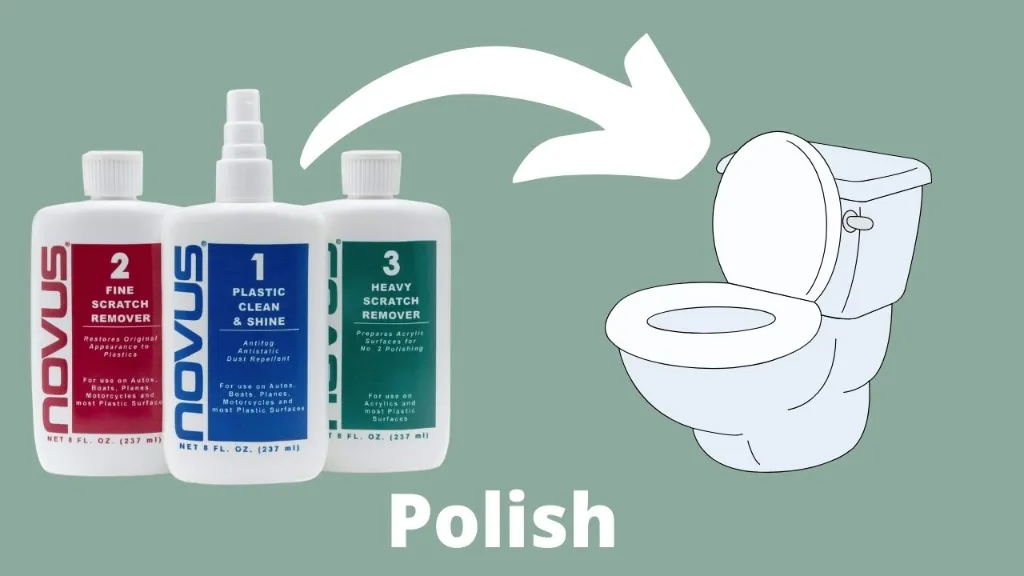
Once the scrapes are repaired and the surface is cleaned, you may find that your toilet seat has lost its shine. That’s because the damage was more profound. Using a tiny quantity of metal or plastic polishing solution is enough to coat the dull region. Applying it in circular movements with a dry, clean cloth can restore the shine.
You may need to carry out the procedure more than once, but in the end, the plastic will look as pristine as it did when it was first purchased.
Step 4: Paint the seat
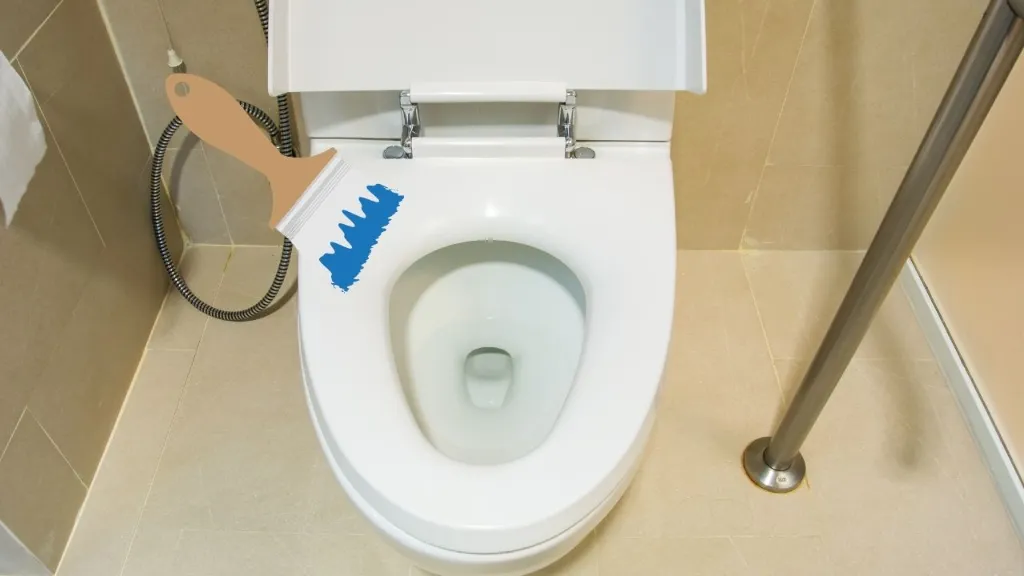
If the scratches do not go away thoroughly even after trying everything, finally, you can repaint the toilet seat. But remember, painting is not the first step to take. You need to level the surface first, either by sanding or buffing. If you see the scratch marks after trying all ways, then the painting is a good option.
Preventing scratches on plastic toilet seats
Preventing scratches is always better than fixing them. Here are some tips to prevent scratches on plastic toilet seats:
- Avoid using abrasive cleaners or scrubbers on the toilet seat.
- Clean the seat regularly with a soft cloth and mild detergent.
- Avoid dropping heavy objects on the seat.
- Close the toilet lid before flushing to prevent water splashes.
How to maintain a plastic toilet seat
Maintaining a plastic toilet seat can prolong its lifespan and prevent scratches. Here are some tips:
- Clean the seat regularly with a soft cloth and mild detergent.
- Avoid using bleach or harsh chemicals on the seat.
- Avoid sitting on the closed seat as it can damage the hinges.
- Replace the seat if it shows signs of wear and tear.
Check our latest guide about: How to Get a Stripped Screw From Toilet Seat.
Also, read the related guide: How to Get Rid of Toilet Seat Dermatitis.
Related Questions
[faq-schema id=”9857″]
Conclusion
Now you know what causes scratches on your plastic toilet seat and how to get rid of them. Follow the steps accordingly and don’t forget to identify the type of scratch first. Because if you consider a crack a scratch, then none of the steps will work. Here you need to replace your plastic toilet seat.
However, if the process seems complicated, you may contact a plumber. We hope it will be easier for you.




![How to Remove Crystallized Urine [Explained]](https://homepander.com/wp-content/uploads/2022/02/How-To-Remove-Crystallized-Urine.jpg)




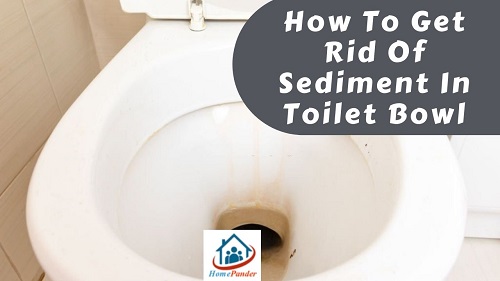
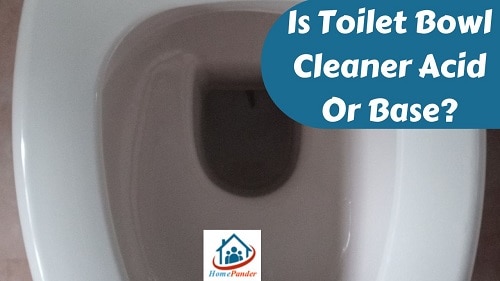
![How To Clean Dark Grout That Has Turned White [5 Easy Ways]](https://homepander.com/wp-content/uploads/2021/12/How-To-Clean-Dark-Grout-That-Has-Turned-White.webp)